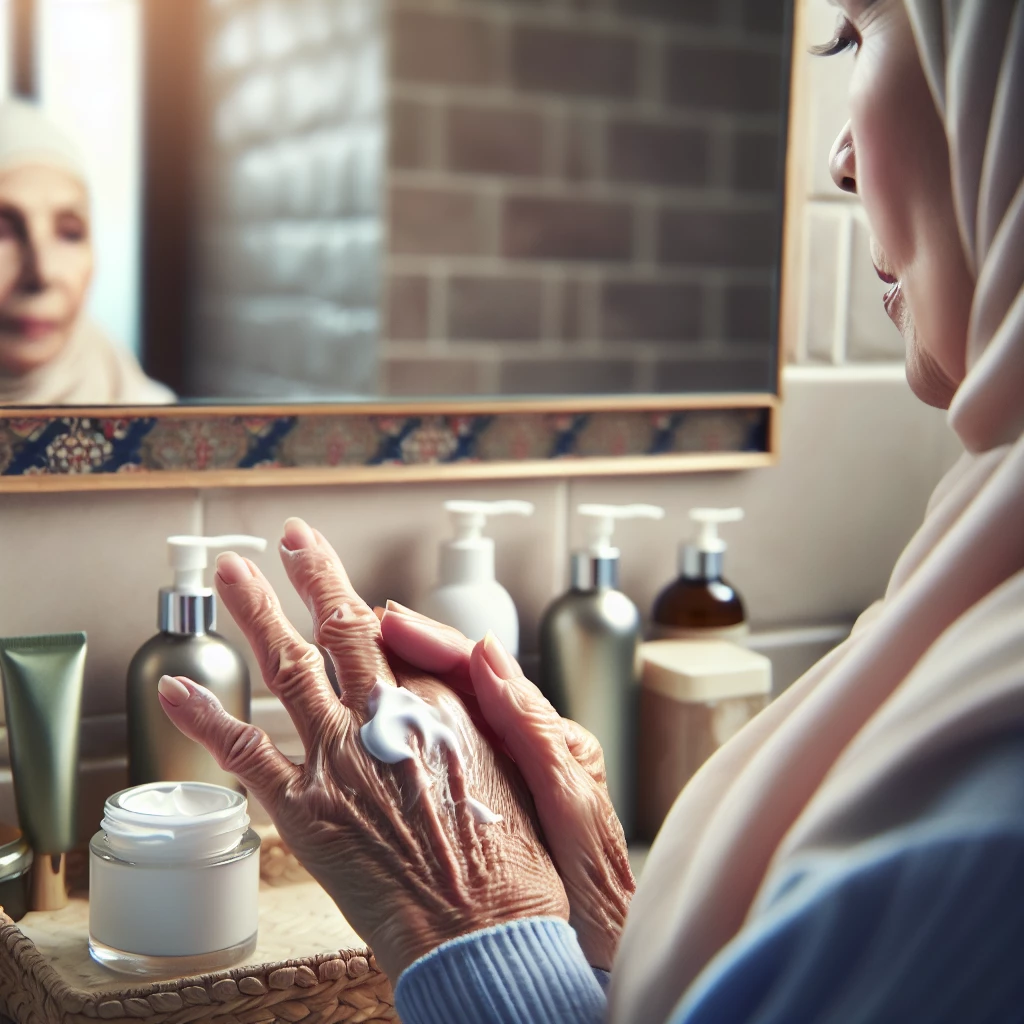Understanding your skin's undertone is crucial for a flawless makeup application. Picking the wrong shades can result in makeup that clashes with your skin, odds are you've got your undertone all wrong. But don't worry, you aren't alone and it's never too late to identify your undertone and look your best! This makeup guide will help you understand the concept of undertones and provide tips to match them correctly with your makeup.
What are Undertones?
Undertones are the subtle colors underneath the surface of your skin. It's what gives your skin its tone, regardless if you’re pale or dark. While your surface color can change depending on factors like exposure to the sun; your undertone remains constant.
There are three general undertones: warm, cool, and neutral. Warm undertones are golden, yellow or peachy. Cool undertones are red, pink, or blue. If you have a mix of both warm and cool hues, or your undertone is the same color as your actual skin color, then you fall into the neutral category.
Determining your undertone is key in finding the perfect makeup that suits your skin.
How to Identify Your Undertone
Identifying your undertone is not as complicated as it sounds. One quick way is the vein test. Look at the veins on your wrist under natural light. If they look blue or purple, you're cool-toned. If they're greenish, you have a warm undertone. Those with a neutral undertone will see more of a blue-green color.
Another method is by holding a piece of white paper against your face in natural light. If your skin seems yellowish or sallow beside the white paper, you have a warm undertone. However, if your skin appears pink or rosy by comparison to the paper, you have a cool undertone.
The amount of melanin in your skin also affect its undertone. People with darker skin usually have a warm undertone, while those with very fair skin often have a cool undertone.
Choosing the Right Foundation
The right foundation will not stand out against your skin or look ashy or too pink. Instead, it will disappear into your skin. For a warm undertone, look for one that has a yellow or peach base. For a cool undertone, find a foundation that’s got a slight pink base. And if you’re neutral, a yellow or peach based product would work.
Remember, the goal is to enhance your natural undertone, not counter it or match the surface color of your skin. So always test a product before making a commitment.
Don’t be afraid to mix two different foundation shades together to get your perfect match. Many makeup artists recommend this trick for finding the most accurate shade.
Choosing the Right Color Cosmetics
The rule for picking the right shades of other makeup products, like lipstick and eyeshadow, is quite similar to that of foundation. Those with cool undertones look good in blues and purples, while those with warm undertones should lean more towards reds and oranges.
If you are neutral, you have the luxury of wearing any color. However, you still have to be conscious of what goes well with your skin tone. Figuring out your undertone is a game changer for your beauty routine.
Don’t be afraid to experiment with different colors. After all, makeup is about expressing yourself!
Common Undertone Challenges and Solutions
It’s not uncommon to face some challenges identifying your undertone, but don’t worry, you’re not alone. If you’re still finding it difficult to identify your undertone, consult a professional makeup artist.
Another challenge could be the unavailability of your perfect foundation shade in a certain brand. Not all cosmetic brands provide for all skin undertones. A practical solution would be combining two different shades.
Remember, identifying undertones is not an exact science but more of an observation and evaluation. But once you get it right, it's the key to perfect makeup.
Understanding your skin's undertone is a vital step to achieving a flawless makeup look. This knowledge helps you identify the right shades of makeup for your complexion, avoiding clashing colors or a look that doesn't appear natural. It might be a challenge to figure out at first, but once you master it, it'll revolutionize your makeup routine. So look closely, experiment bravely, and embrace your unique beauty!

Age Gracefully: Mature Skin Care
Delve into the changes that come with aging skin and the best practices to ensure its health and vitality.

Vitamins for Victory: Skin Nutrients
Discover the key vitamins that contribute to skin health and the best ways to incorporate them into your skincare routine.

Exfoliation 101: Clearing the Surface
Dive into the process of exfoliation, uncovering its benefits and learning how to properly exfoliate for brighter, smoother skin.

Skin Hydration: Water vs. Oil
Get insight into the importance of hydration in skincare routines and understand the difference between water-based and oil-based products.
